Sony FE 70-200 mm f/2.8 GM OSS II
5. Chromatic and spherical aberration
Chromatic aberration
When it comes to longitudinal chromatic aberration, overall there are no reasons to complain. A significant number of lenses made of low dispersion glass perform as they should. What's interesting, if you take a closer look at the pictures below you can notice that the aberration is not corrected in a perfect way and the effect is quite original. You can't notice any significant colouring but relatively wide areas before and after the focus are colored yellow on the one side and blue on the other. This effect is rather subtle, difficult to notice in any real-life photos, but it remains noticeable in the photos of our testing chart.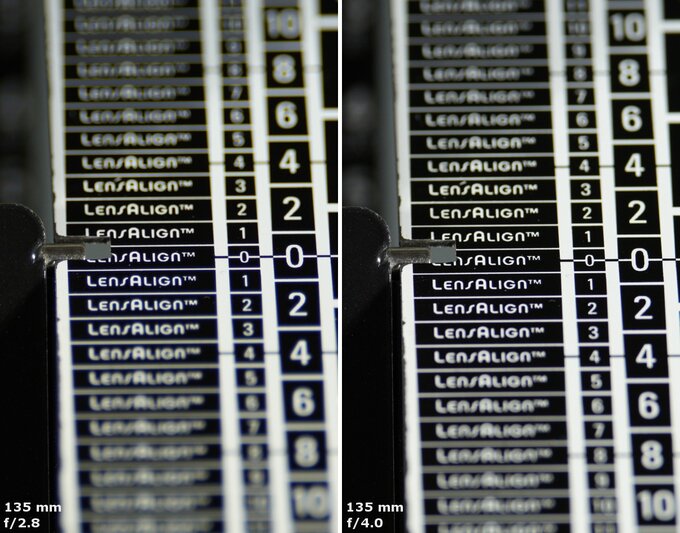 |
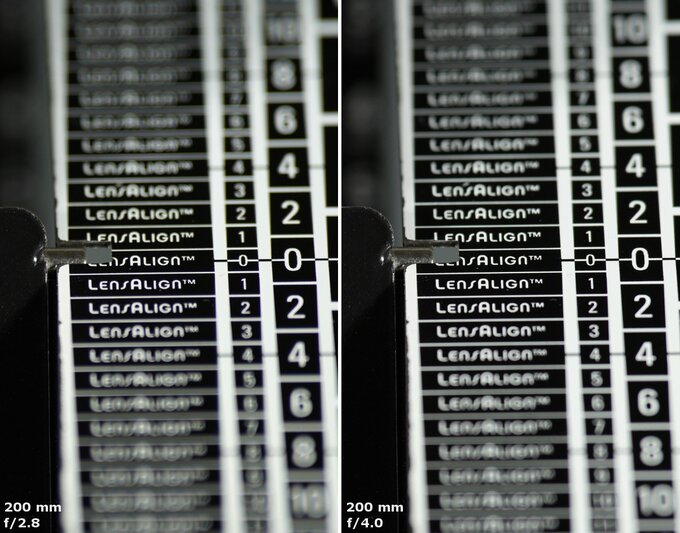 |
Please Support UsIf you enjoy our reviews and articles, and you want us to continue our work please, support our website by donating through PayPal. The funds are going to be used for paying our editorial team, renting servers, and equipping our testing studio; only that way we will be able to continue providing you interesting content for free. |
- - - - - - - - - - - - - - - - - - - - - - - - - - - - - - - - - - - - - - - - - - - - - - - -
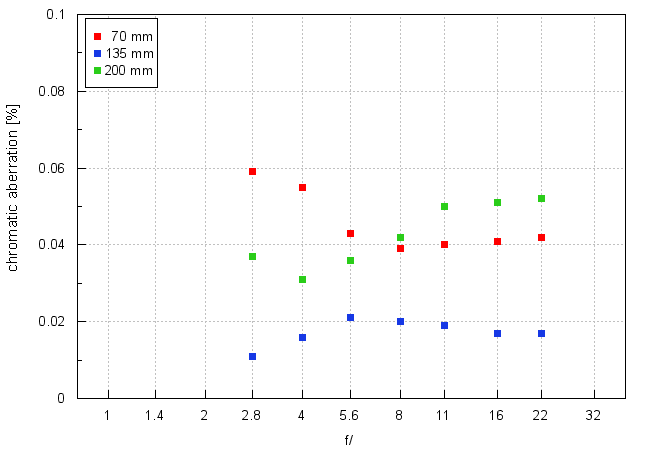
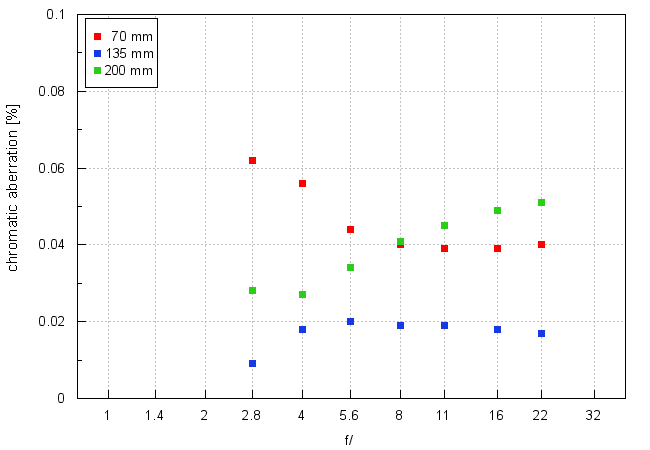
Now you are able to understand better the reasons behind an excellent performance of the 135 mm focal length - in that place exactly chromatic aberration is reduced to a practically zero level.
Focal lengths from both ends of the range show an opposite performance: at 70 mm aberration decreases with stopping down the aperture from 0.06% to 0.04% and at 200 mm it increases from near 0.03% to 0.05%. All these values remain verly low so we are sure the aberration won't bother you in real life photos. Once again the tested lens deserves to be praised.
In this category the rival Nikkor Z 70-200 mm f/2.8 VR S also fared very well, correcting chromatic aberration the most efficiently in the middle of the focal range like the Sony, tested here.
| A7R III, RAW, 70 mm, f/2.8 | A7R III, RAW, 135 mm, f/2.8 |
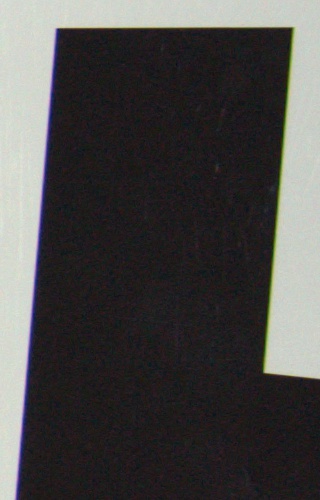
|
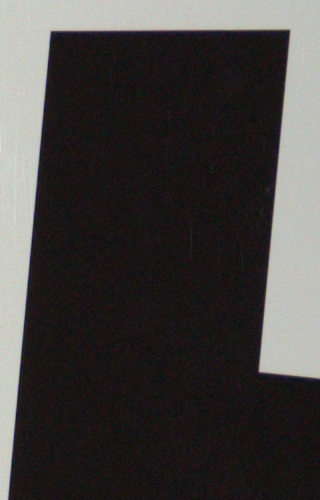
|
Spherical aberration
First photos, presented in this chapter, along with shots of defocused circles of light, show that spherical aberration is nothing you should worry about. Circles we produced before and behind the focal point don't feature any distinct differences, no matter what aperture is used. Also it would be really difficult to notice any 'focus shift' effect. There is one conclusion – the Sony 70-200 mm f/2.8 II constructors took proper care of spherical aberration correction.
| A7R III, 135 mm, f/2.8, przed | A7R III, 135 mm, f/2.8, za |
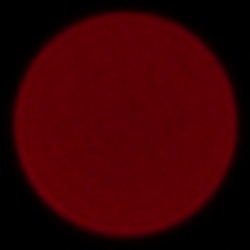
|
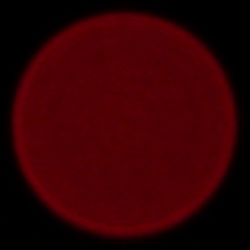
|
| A7R III, 200 mm, f/2.8, przed | A7R III, 200 mm, f/2.8, za |
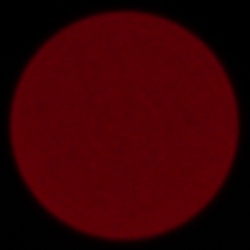
|
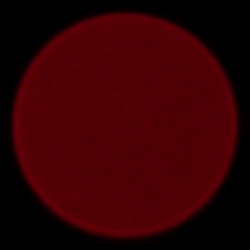
|






